How to prune hibiscus for a strong plant and abundant blooms come summer
Gardening experts advise the best way to prune your hibiscus plant
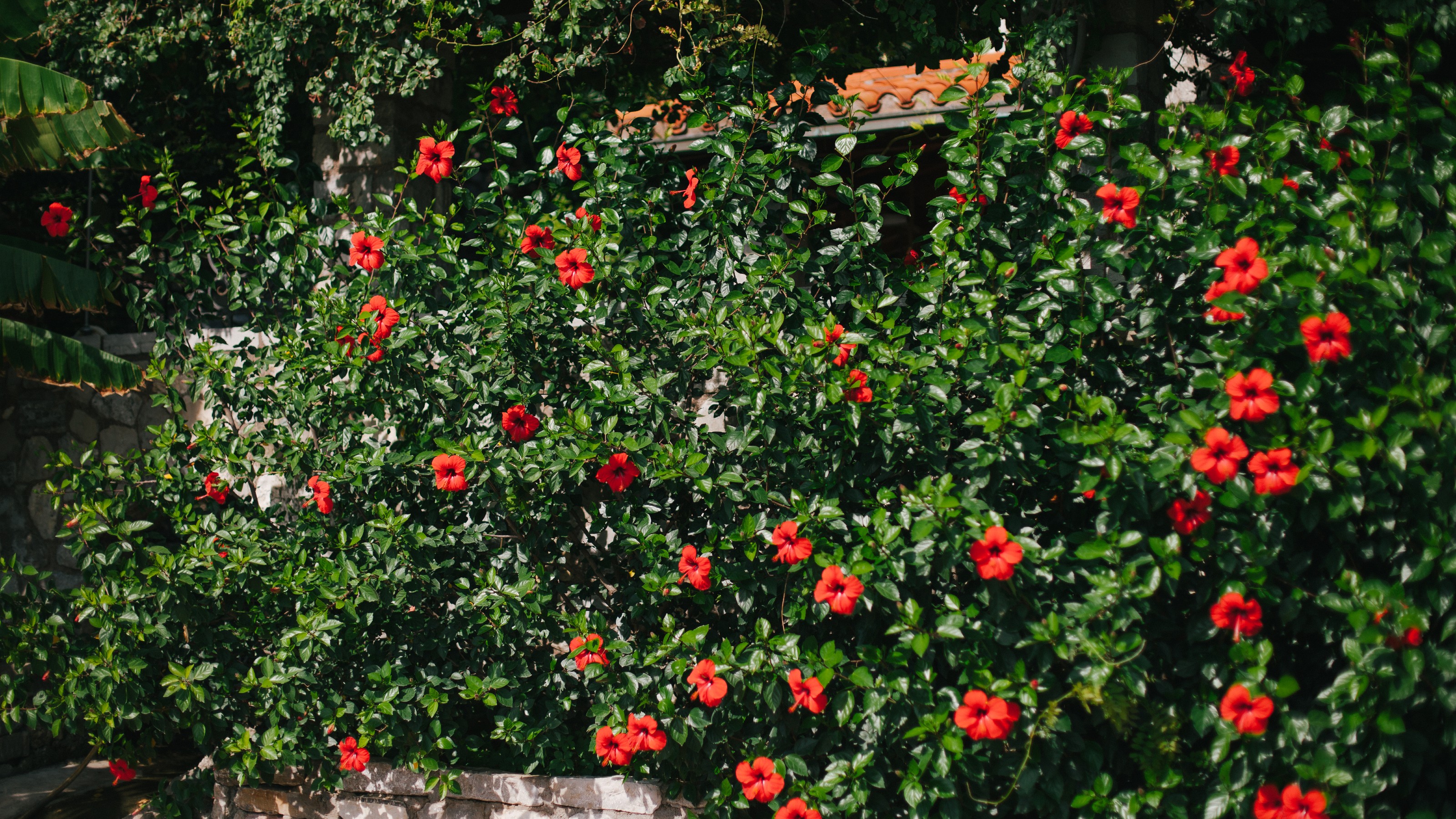

Hibiscus is synonymous with the summer season, symbolising the sun and tropical destinations, being the state flower of Hawaii and national symbol of Haiti. But it's also popular in slightly less tropical climes, as it's become a fairly common sight in English gardens (albeit, we do have a different variety than in Hawaii).
So if you have one of these beautiful flowering plants in your outdoor space, then you need to know how to prune hibiscus to keep it healthy and strong.
So if you’re wondering how (and when) to give your hibiscus plant some TLC, then you’ve come to the right place. Our gardening experts are on hand to offer their garden advice to lead you through the best method on how to prune hibiscus and when you should be making those all-important cuts.
How to prune hibiscus
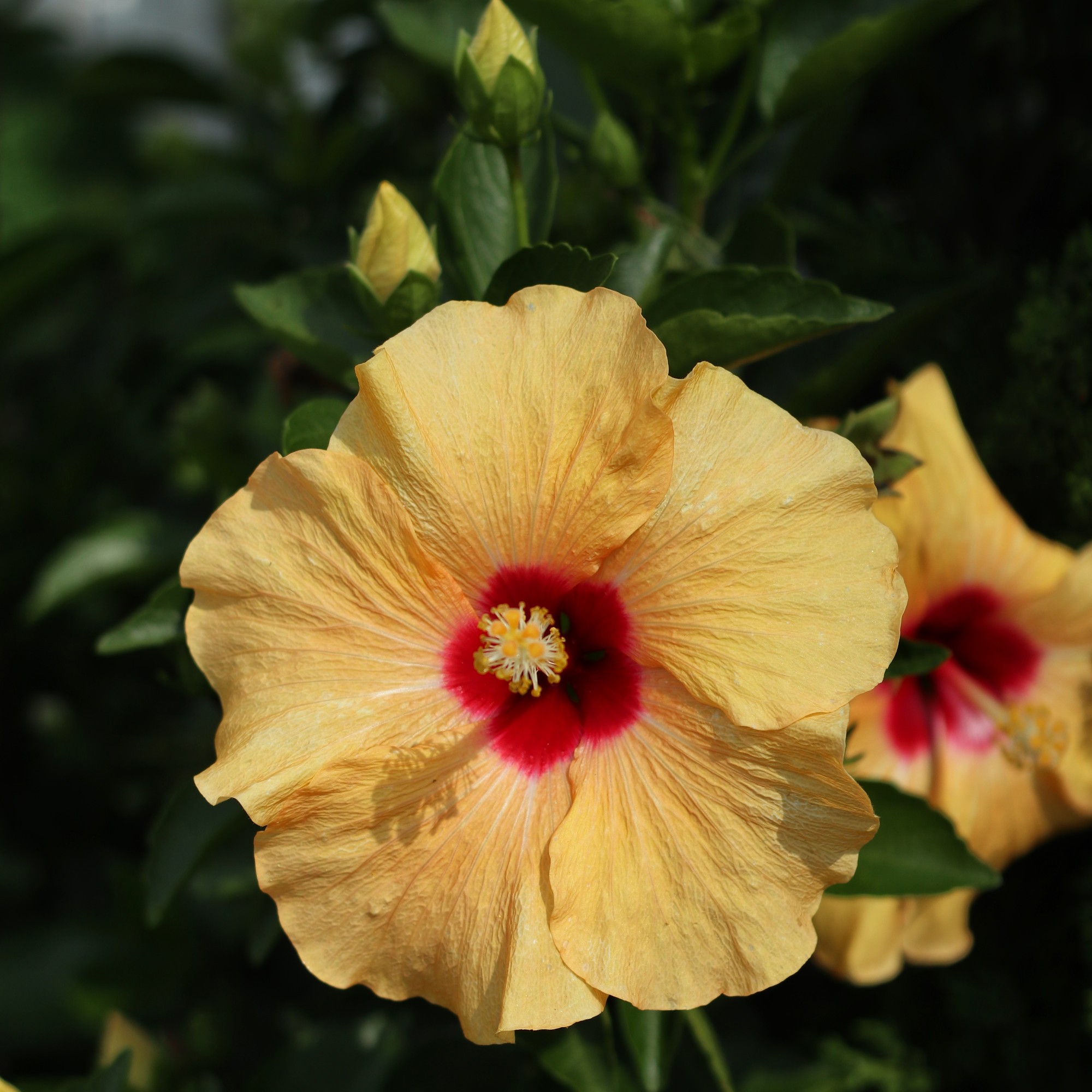
You might wonder why you even need to prune your hibiscus plant. While it’s recommended to prune hibiscus only lightly, it is important to do it to keep your shrub disease-free, similarly to pruning climbing roses and pruning wisteria.
‘Hibiscus plants bloom on new growth, so pruning helps stimulate fresh growth and enhances fresh flowering and shoots for maintaining a healthy and vigorous hibiscus plant,’ explains Petar Ivanov, gardening and plant expert at Fantastic Gardeners. ‘New growth is often more disease-resistant, can help revive an older plant and results in more abundant and beautiful blossoms during the growing season.’
‘Proper pruning opens up the canopy of the hibiscus, improving air circulation within the plant, which reduces the risk of fungal diseases, such as powdery mildew and promotes healthier foliage. This reduces stress on the plant because it helps distribute its energy more efficiently by removing unnecessary branches and foliage. It can improve its overall resilience.’
What you’ll need
- A pair of pruning shears or secateurs like these Gonicc 8" Professional Secateurs at Amazon
- A pair of gardening gloves like these PROGANDA 3 Pairs Colourful Superior Grip Gardening Work Gloves at Amazon
- Mulch like these 2x 100L Strulch Mulch 9kg Bags at Amazon
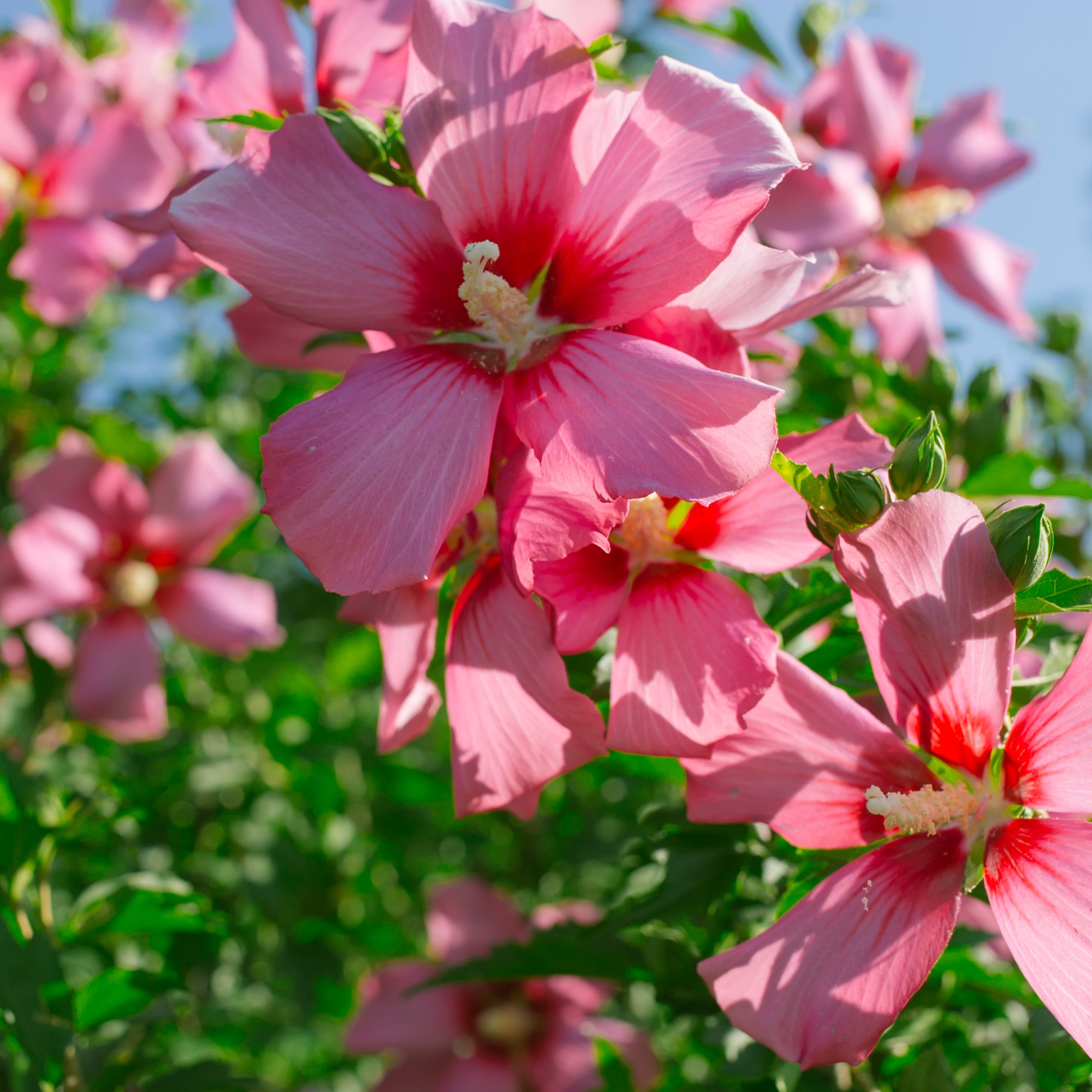
‘You should only prune hibiscus lightly,’ warns Steve Chilton, garden expert from LeisureBench. ‘This means that the majority of the time, all you need to do is remove diseased, dead and damaged shoots/branches. You should also remove branches that are crossing each other, and cut back those that are growing in unwanted directions.’
Get the Ideal Home Newsletter
Sign up to our newsletter for style and decor inspiration, house makeovers, project advice and more.
Start by equipping yourself with a pair of clean and sharp pruning shears or secateurs. ‘First make sure your secateurs are clean and the blades are sharp, so you don’t damage your plant or spread diseases,’ says Fiona Jenkins, gardening expert at MyJobQuote.co.uk, the UK’s leading trades matching site.

Steve is a passionate and knowledgeable garden expert with several years of experience within the field. As the director of LeisureBench, an industry-leading garden furniture company, Steve has developed strong expertise for all things nature and plants.
Next, get rid of diseased or dead stems. ‘Start by inspecting the plant for any dead or diseased branches, which should be pruned out at their base using sharp, clean pruning shears. Afterwards, dispose of the removed material away from the garden to prevent disease spread,’ advises Petar.
‘You can hard prune any dead stems,' adds Fiona. 'So, make your cut around 10cm above the soil. This seems drastic, but don’t worry as it will encourage new growth. If you’re having trouble working out if a stem is dead, gently rub a coin over the surface. If it reveals a fleshy or soft centre, then your stem is still alive.’
Then you can take care of some shaping. ‘If your hibiscus has become leggy with long, straggly branches, prune back to one-third of their length,' says Petar. 'When you're doing that, make your cuts just above a node or where you see new growth emerging.'
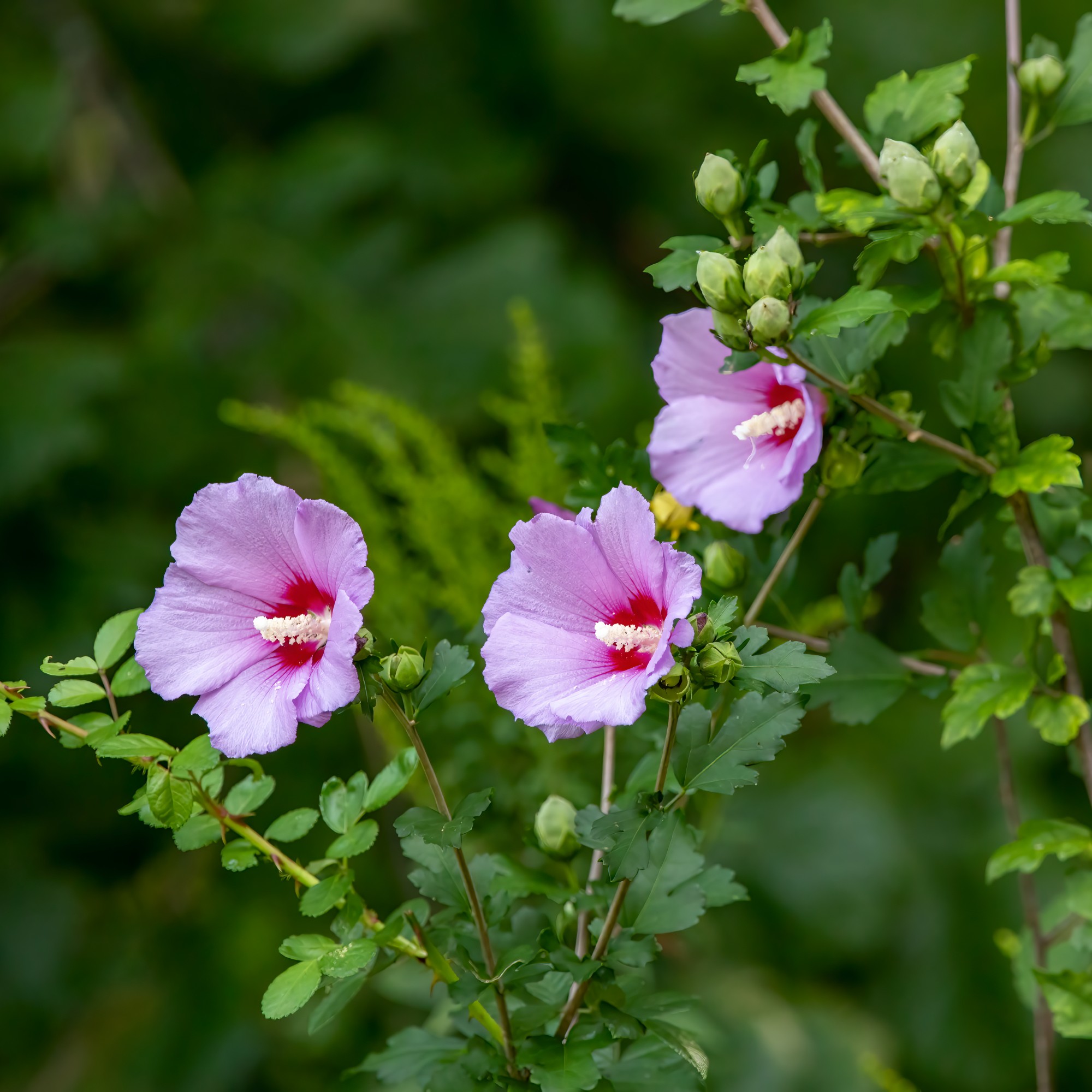
Be careful with the centre, aka crown, of your hibiscus plant though, as Fiona warns. ‘Go lightly when pruning towards the middle of your hibiscus plant. The central part or crown of your plant should be pruned much less than the outer branches, so it retains its strength and shape.’
Lastly, remove any old and dead flowers or buds to encourage new blooms to grow in their place.
‘After pruning, make sure to water your hibiscus thoroughly to help the plant recover from the stress and aid in new growth,’ recommends Petar. You can also add a thick layer of mulch to protect your plant’s base and roots.
The bottom line is to avoid any heavy pruning. And as your hibiscus plant becomes more established, you might even find that removing solely the dead branches and flowers is all that needs to be done each prune.
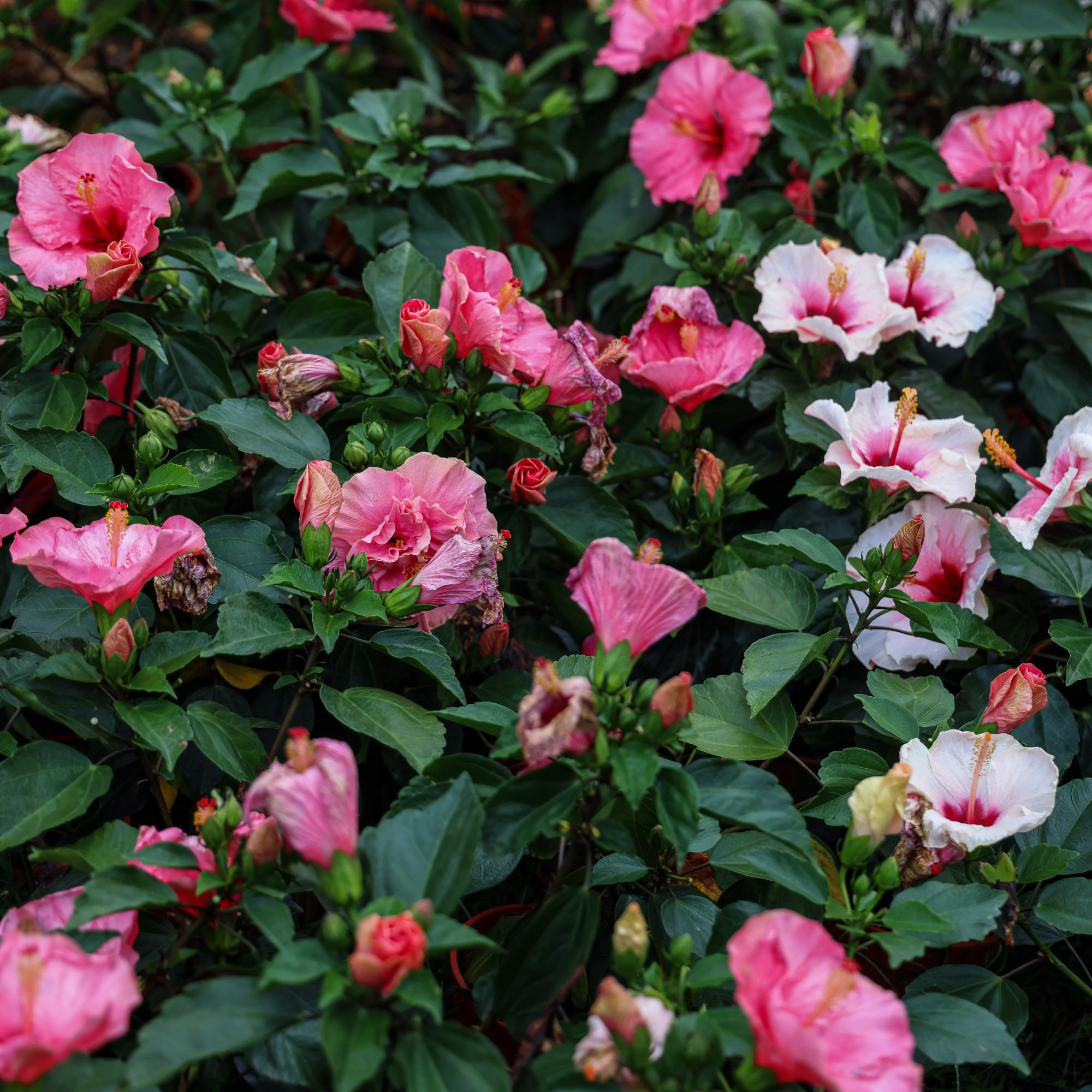
When should hibiscus be pruned?
‘It’s best to prune hibiscus shrubs while they’re dormant over winter but after the worst of the weather has finished. This is so you can remove branches that have been damaged or died back during this time,’ says gardening expert Fiona.
Hibiscus starts flowering in mid to late summer. So pruning it as late as spring is perfectly fine.
‘The ideal time to do it is in late winter to early spring, typically between late February and early March, because this timing allows the plant to recover and produce new growth before its growing season begins,’ advises Petar from Fantastic Gardeners.
We already can’t wait for those bright flowers to bloom again next summer.

Sara Hesikova has been a Content Editor at Ideal Home since June 2024, starting at the title as a News Writer in July 2023. She is now also the Ideal Home Certified Expert in Training on Furniture, and so far has tested 80 different sofas.
Graduating from London College of Fashion with a bachelor’s degree in fashion journalism in 2016, she got her start in niche fashion and lifestyle magazines like Glass and Alvar as a writer and editor before making the leap into interiors, working with the likes of 91 Magazine and copywriting for luxury bed linen brand Yves Delorme among others.
-
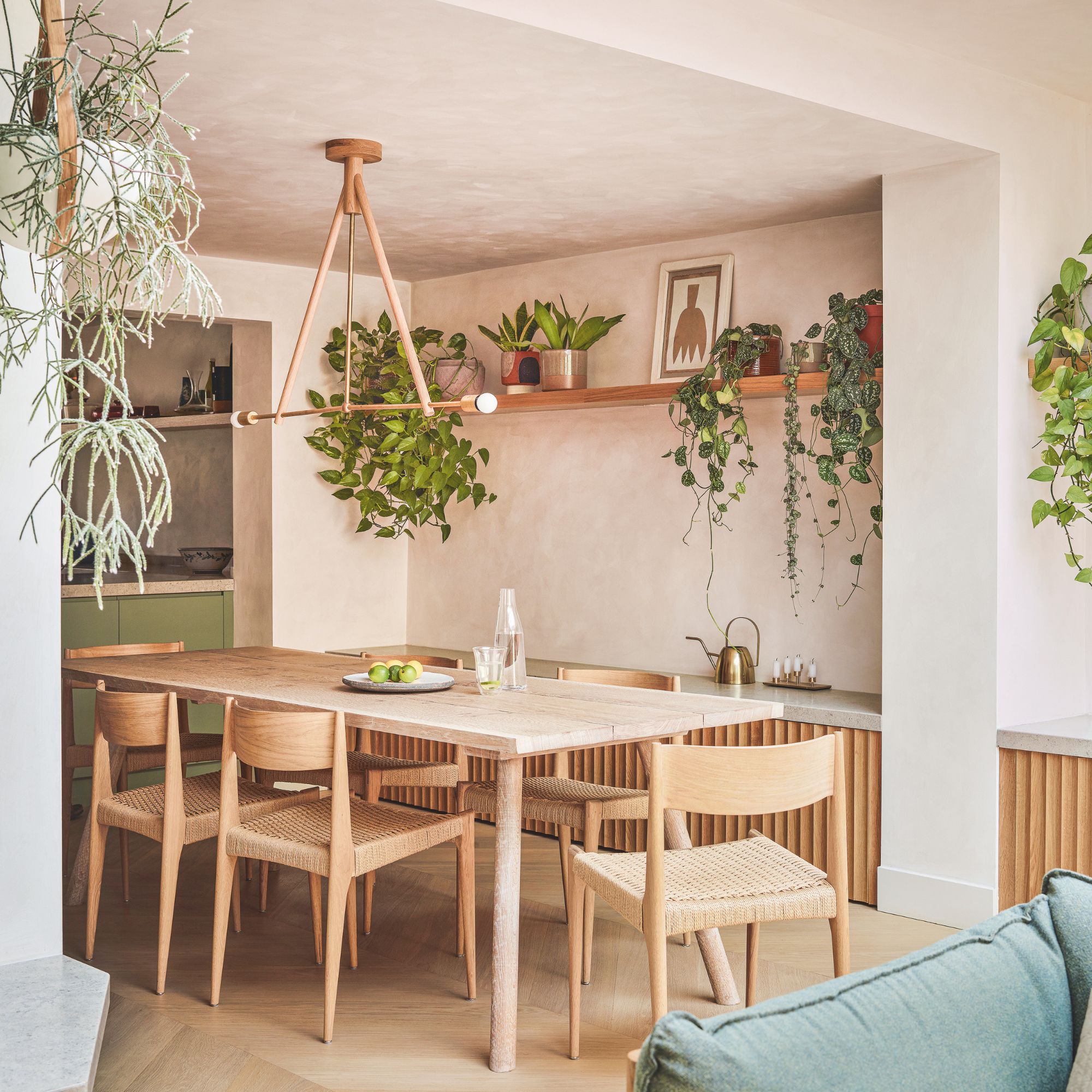 Experts warn these flooring choices will make it harder to sell your home — why it may pay off (quite literally) to replace them before you move
Experts warn these flooring choices will make it harder to sell your home — why it may pay off (quite literally) to replace them before you moveCertain flooring choices can increase the value of your home by up to 5%
By Lauren Bradbury
-
 I tried Gozney's new Tread pizza oven – it's ultra-thin pizza stone means it heats up seriously fast
I tried Gozney's new Tread pizza oven – it's ultra-thin pizza stone means it heats up seriously fastThe much-awaited portable oven from the brand has arrived. But is it any good? I tested it to find out
By Molly Cleary
-
 Is a shower ledge better than a shower niche? I asked bathroom experts why this storage option reigns supreme
Is a shower ledge better than a shower niche? I asked bathroom experts why this storage option reigns supremeIt's the best way to store your shampoo and conditioner stylishly
By Holly Cockburn